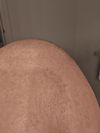community Where to even get Dutasteride?
The conversation is about finding affordable Dutasteride capsules for hair loss treatment. Users discuss prices, sourcing from IndiaMart, and dosage recommendations, with advice against taking two capsules daily.

